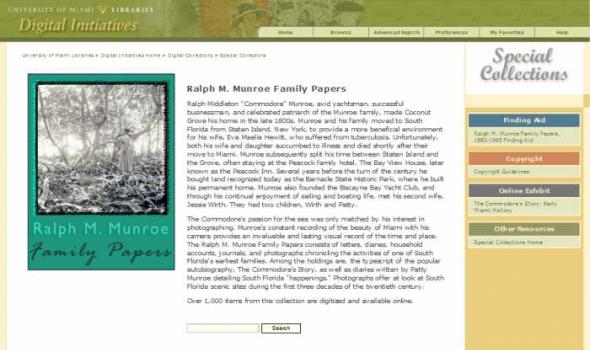Category: Sociology & Demography, Text, English, Columbia University
Results
Yul phyogs so soʾi gsar ʾgyur me loṅ The Tibet Mirror (Tib. Yul phyogs so so'i gsar 'gyur me long) was published from 1925 to 1963 in Kalimpong, and chronicles the most dramatic social and political transformation in Tibet during a time when vernacular writing was relatively scarce and a Tibetan media practically non-existent. The paper also relayed information about World War II, the independence of India, and other global news to Tibetan readers in Lhasa, Gyantse, Kham, etc., and to traders and aristocrats who frequently traveled from Lhasa via the Chumbi Valley to Kalimpong, Darjeeling and Calcutta.
The Notable New Yorkers Web site offers audio recordings and transcripts of interviews with ten influential New Yorkers, drawn from the collections of the Oral History Research Office of the Columbia University Libraries . These interviews, conducted by the Office between 1955 and 2001, open an imaginative portal into twentieth-century New York City and the ways in which it has deeply affected the culture and history of the United States and the world beyond.
About the Collection The C. V. Starr East Asian Library's run of Ling long women's magazine is one of the most complete outside China, acquired, we believe, in the late 1930s or early 1940s as part of a concerted effort to enlarge Columbia University's Chinese-language holdings. The collection expanded dramatically in the years between 1938 and 1941 when the holdings more than doubled, thanks to a special grant from the Rockefeller Foundation.






















